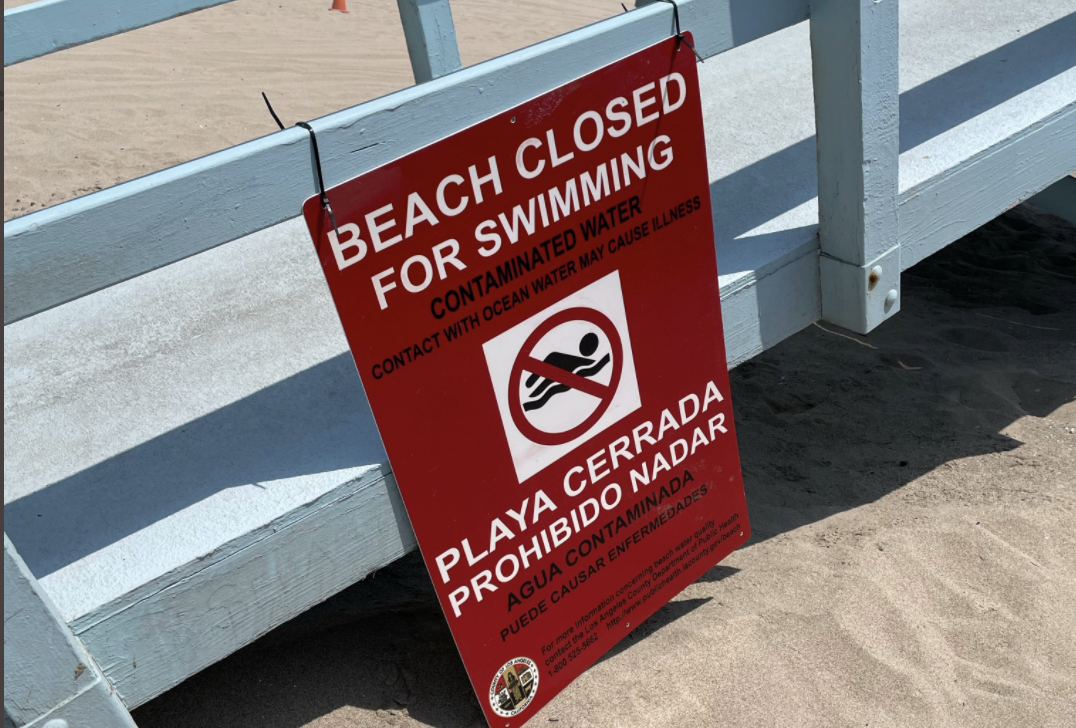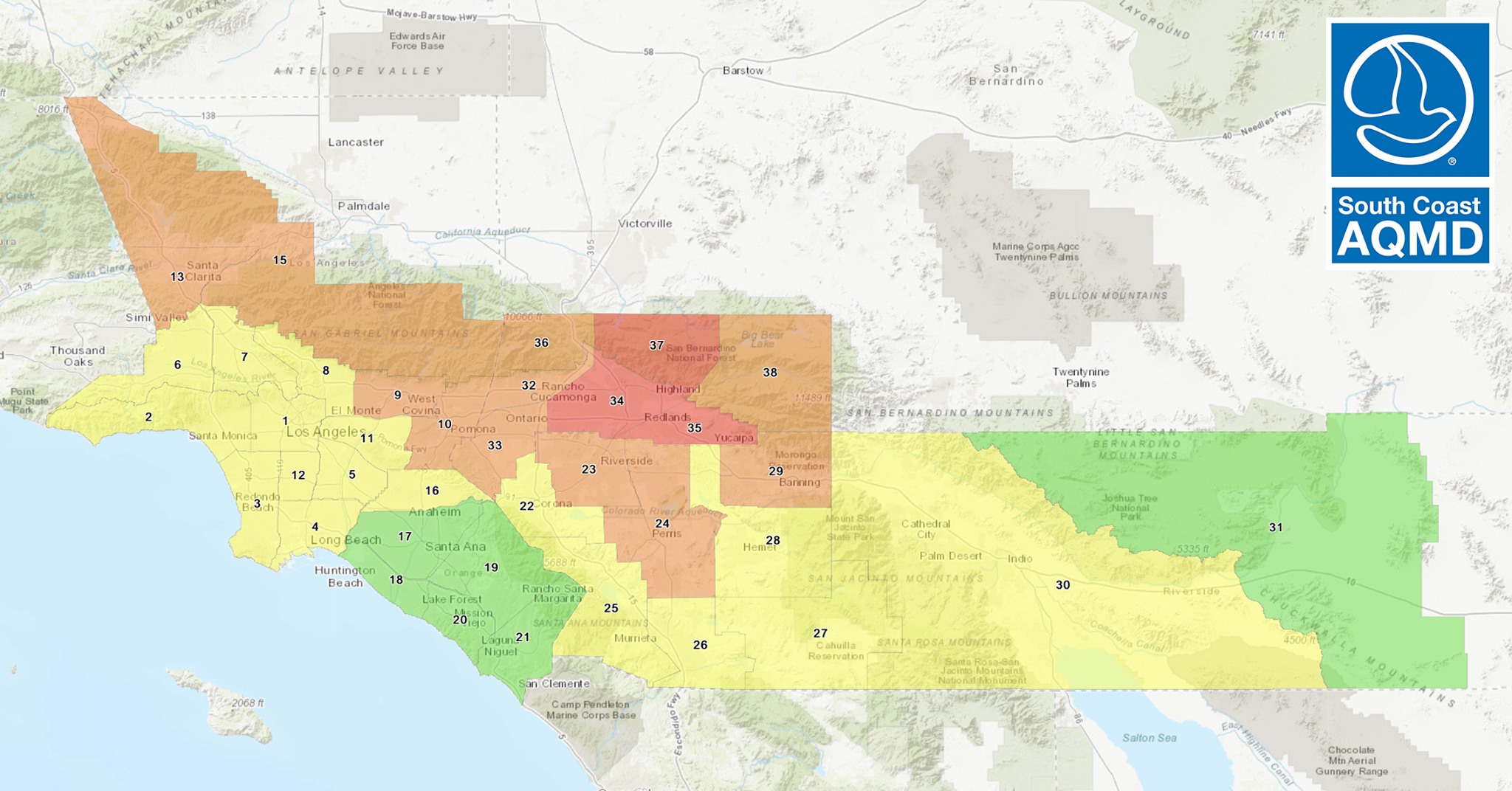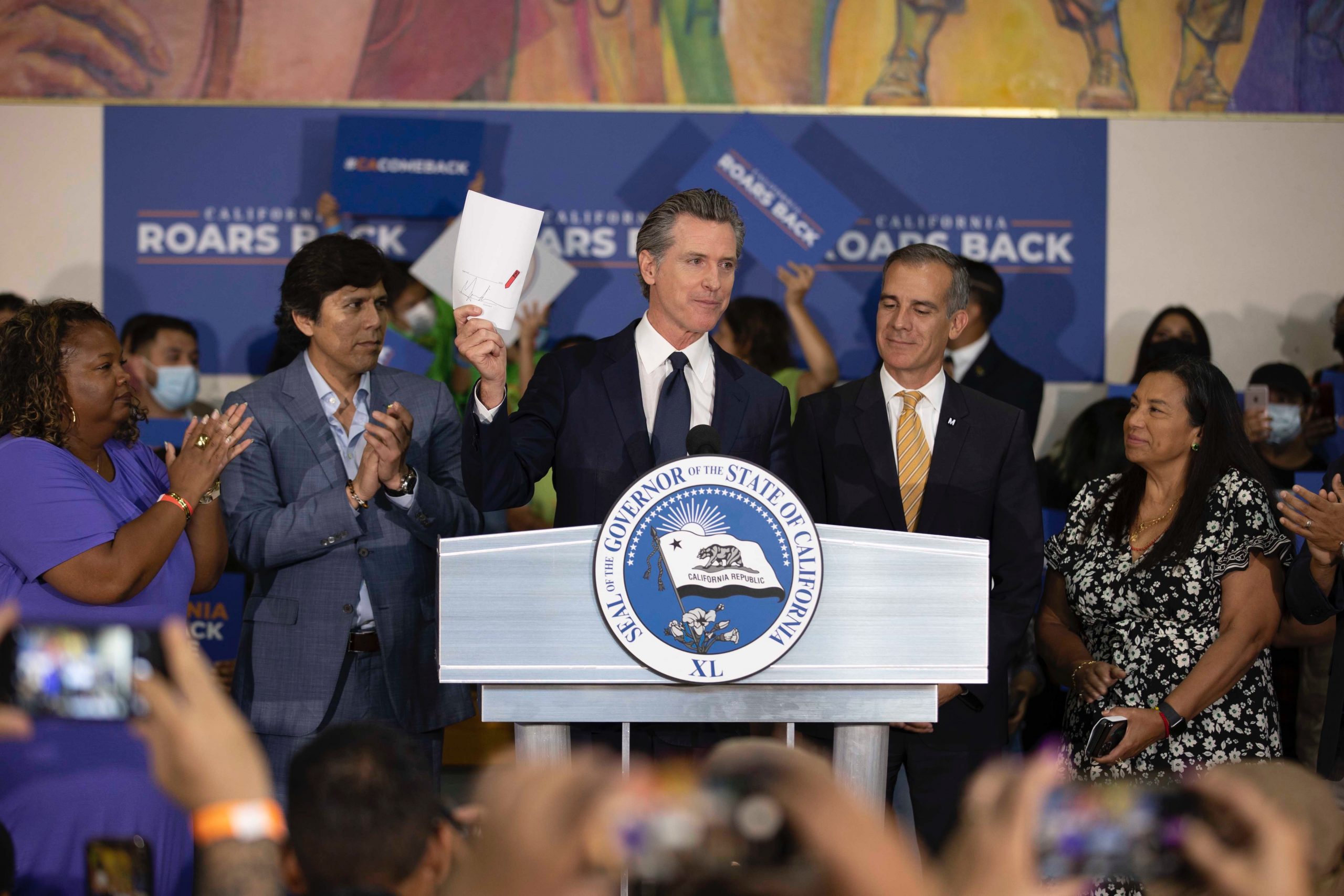Beaches from El Segundo to the southern end of Playa del Rey remained closed to swimmers Tuesday due to a 17-million-gallon sewage spill, though a preliminary test showed non-hazardous levels of bacteria.
Los Angeles County Health Officer Dr. Muntu Davis told the Board of Supervisors that two such tests are required within a 24-hour period before beaches can safely reopen.
Davis said the department would issue a news release and remove closure signs if and when such a second test confirms the first promising set of results.
Supervisor Janice Hahn said it should have taken 15 minutes, not hours, for the county Department of Public Health to alert the public to the spill, which was caused by an emergency release at the Hyperion Water Reclamation Plant that began Sunday night. The plant is operated by the LA Sanitation & Environment department.
Hahn called for a plan to ensure a faster future response to any dangerous discharges.
“What happened … was unacceptable and dangerous,” Hahn said. “Not only did the Hyperion Plant release seventeen million gallons of sewage into our ocean — the public had little to no information about it for hours. We need answers from L.A. City Sanitation about what went wrong and led to this massive spill, but we also need to recognize that L.A. County Public Health did not effectively communicate with the public and could have put swimmers in danger.”
Though the controlled discharge happened Sunday, Hahn said many beachgoers and local residents were unaware of the closure until a news release was issued by public health officials late Monday.
Hahn called for a report back in seven days on the cause and extent of the impact of the spill, in addition to an updated response plan for future spills.
The Los Angeles County Department of Public Health has posted closure signs and advised people to avoid contact with the ocean in the following areas:
- Dockweiler State Beach at Water Way Extension
- Dockweiler State Beach at Hyperion Plant
- El Segundo Beach
- Grand Avenue Storm Drain
Hyperion Executive Plant Manager Timeyin Dafeta issued a statement Monday afternoon saying that on Sunday afternoon, the plant “became inundated with overwhelming quantities of debris, causing backup of the headworks facilities. The plant’s relief system was triggered and sewage flows were controlled through use of the plant’s one-mile outfall and discharge of untreated sewage into Santa Monica Bay.”
Dafeta said the 17 million gallons of sewage — about 6% of a daily load — was discharged as an emergency measure through the one-mile outfall to prevent the plant from going offline and discharging more raw sewage. Normally, treated sewage is discharged through the five-mile outfall.
“Thanks to these efforts, and significant equipment improvements that have been made in recent years in partnership with several environmental groups, the amount of flow into the ocean was mitigated and the plant remained online,” Dafeta said.
“These improvements included the reconfiguring of in-plant storm basins to pump sewage back into the plant in cases of emergency; screens were installed on all catch basins to prevent untreated debris from entering the storm drains and out to the ocean; and a Headworks Bypass had been installed to prevent raw sewage overflowing out of the Headworks building and into the street.”
Dafeta said Monday that city sanitation officials were following protocols for notifying regulatory agencies and the California Governor’s Office of Emergency Services about the spill.






